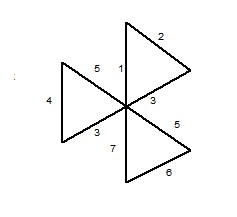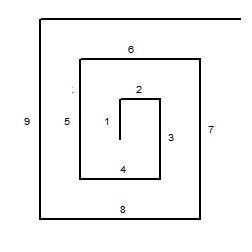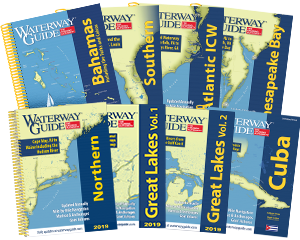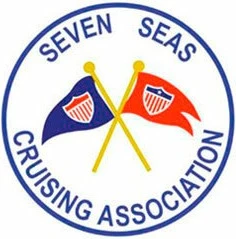
Search & Rescue (SAR) is the most recognizable and time-honored task of any mariner, especially the United States Coast Guard. "You have to go out, but you don't have to come back" is a wizened catch-phrase long gone from the guidance offered by senior officers to eager-to-prove-themselves-worthy boat crews. Now, it is risk management, technology, and technique. Having saved well over 1,000,000 lives since its founding in 1790, the US Coast Guard can safely claim that they know how to do it. But just what happens in the Command Centers and on the search vessels when a Mayday cry comes in? This column is about that.
Risk Management USCG Forces know many things about risk management, especially these factors:
- Every event has some degree of risk;
- All risks will never be known until presented;
- Every event requires balancing risk by applying adequate controls and resources, which may be in short supply for the task at hand and;
- Time is not an ally
So, the Command Center must get as much as or all of this basic information from the boater in distress and over to the SAR Mission Coordinator (SMC) asap:
- Just what is the nature of the distress (out of fuel is one thing; sinking or afire is another)
- What is their last known position.
- Description of the vessel in distress or, possibly far worse, the person lost overboard.
- Number of people on board/involved (no one gets left behind by accident).
- What are the weather/sea conditions at the scene.
This will determine what the SMC specifically tasks the coxswain and crew of the rescue vessel with. The rescue crew will use the time from leaving the dock to arriving at the scene of the event/search area to prep for the task – especially working with the Rescue-21 radio/direction-finding system.
Rescue-21 – The Modern-Day Salvor Rescue-21, in addition to being an integral part of the USCG's 21st-century communications system, has a direction-finding capability. So, even if the distressed vessel doesn't have an EPIRB* or the crew isn't wearing PLB*s, Rescue-21 can point directly at the source of the radio signal. Although there is a 4o error factor (2o on either side of the direct or rhumb line), multiple radio towers can reduce the search area even further. (See Diagram #1)

The green lines indicate the direct or rhumb line from the radio towers to the signal source. With the 2o of an error on either side, the red area is eliminated from the search area, thus increasing the odds on the distressed vessel being found.
On Scene From here, it is very fact dependent. What "vectors" (wind, current, tides) have been at play since the event? How good is all this information? Very good sources narrow the search area. Poor sources expand the search area.
One of the first things that the rescue crew is likely to do is to "drop datum" as they arrive. A radio buoy or other self-locating device (hopefully!) is dropped at the scene so that it can be used to calibrate what actually are the vectors at work here. The next and most important decision made is what kind of search pattern to run.
When the search area is large and the last known location is approximate but debris, for example, was found, the search pattern is likely to be a "creeping line" – back and forth across the search area and moving away from the last known position in the direction of the "vectors" – wind, currents, and tide. In contrast, when the search area is small (a bay, for example) and the last known position is well known, the search pattern most likely called for is a "vector search" or "Victor Sierra" in SAR-speak.
With pie-like patterns, back across the "datum's" location (see "drop datum" above), the CXN will cut back and forth across that point, looking for the victim or vessel (see diagram 2.)

Somewhat between these two conditions, where the search area is small but the last known position is not so well known, the SAR pattern most likely to be used is the "Expanding Square" pattern where the CXN drives in an ever-increasing box or square around the last presumed position (see diagram 3.)

In any event, the last thing that the SMC wants to hear is this from the crew. "No joy."
This means that they have done everything that they could and have reached the end of their mission – no joy in finding the missing person or vessel. The SMC can send additional crews out – and likely will until hope becomes the only thing left.
If you have any questions about this column or if you are interested in being part of USCG Forces, email me at [email protected] or go directly to the US Coast Guard Auxiliary "Flotilla Finder" at http://www.cgaux.org/units.php and we will help you "get in this thing."











